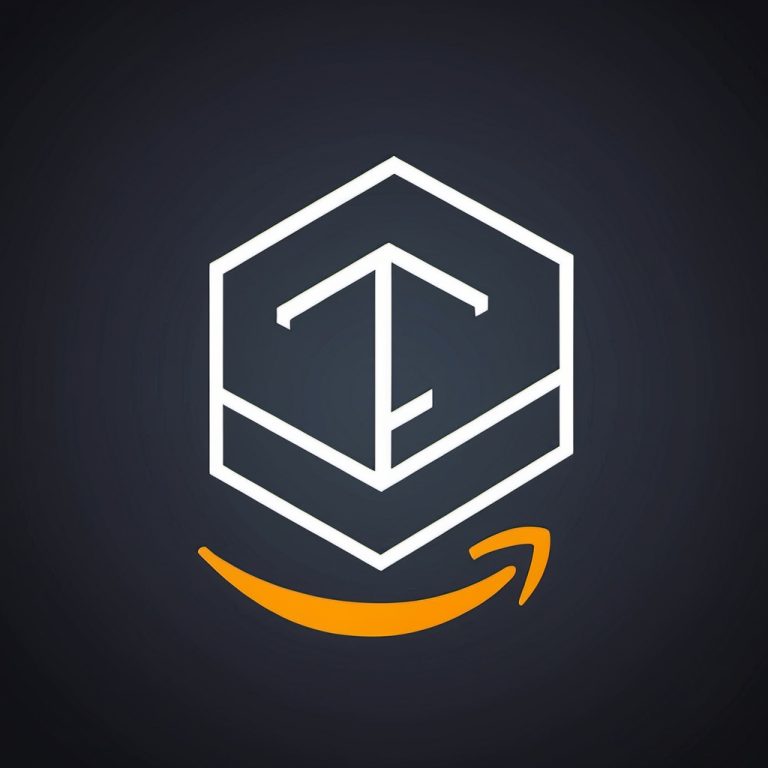
Becoming a full-stack developer is a highly desirable career path in today’s tech-driven world. Full-stack developers are versatile professionals who can work on both the front-end (user interface) and back-end (server-side) of web applications. This comprehensive guide will walk you through the steps and skills required to become a full-stack developer.
What is a Full Stack Developer?
A full-stack developer is someone who is proficient in both front-end and back-end development. The “stack” refers to the collection of technologies used to build a web application. A full-stack developer is responsible for building and maintaining all aspects of a web application, from designing the user interface to managing databases and server configurations.
Key Skills Required to Become a Full Stack Developer
- Front-End Development (Client-Side) Front-end development focuses on creating the user interface (UI) and user experience (UX) of a web application. To become proficient in front-end development, you need to master the following technologies:
- HTML (HyperText Markup Language): HTML is the foundation of web development and is used to structure content on the web.
- CSS (Cascading Style Sheets): CSS is used to style HTML content and make websites visually appealing.
- JavaScript: JavaScript is a programming language that enables dynamic behavior on websites, allowing interaction and functionality.
- Responsive Design: With the increasing use of mobile devices, understanding responsive design principles is crucial to ensure your web application looks good on any screen size.
- Front-End Frameworks and Libraries: Libraries like React, Angular, and Vue.js are essential for building dynamic and efficient user interfaces. These libraries help you manage components and organize code in a scalable way.
- Back-End Development (Server-Side) Back-end development involves managing the server, database, and application logic. Full-stack developers should be well-versed in back-end programming languages, frameworks, and database management. Key areas of back-end development include:
- Programming Languages: Common back-end languages include Python, JavaScript (Node.js), Ruby, PHP, Java, and C#. These languages are used to write the logic that handles the data and communicates with the front-end.
- Frameworks: Frameworks such as Express.js (Node.js), Django (Python), Flask (Python), Ruby on Rails (Ruby), and Laravel (PHP) are essential for building efficient server-side applications.
- Databases: Knowledge of relational databases (SQL-based) like MySQL, PostgreSQL, or SQLite, and non-relational (NoSQL) databases like MongoDB is important for data management and storage.
- APIs (Application Programming Interfaces): Full-stack developers should understand how to create and consume APIs (especially RESTful APIs) to enable communication between the front-end and back-end.
- Authentication and Security: Ensuring the security of applications through authentication methods (OAuth, JWT) and applying best practices like encryption and HTTPS.
- Version Control Systems
- Git and GitHub: Git is a version control system that allows you to track changes in your code, collaborate with other developers, and maintain the integrity of your work. GitHub is a platform for hosting and managing Git repositories, allowing you to share your code with others.
- DevOps and Deployment
- Deployment: Full-stack developers must be able to deploy web applications on cloud services like AWS, Google Cloud, or Azure, or on web hosting platforms like Heroku or Netlify. This requires knowledge of containers (Docker) and server management.
- CI/CD (Continuous Integration and Continuous Deployment): Familiarity with CI/CD pipelines will help automate the process of testing, building, and deploying applications, ensuring faster and more reliable releases.
- Soft Skills
- Problem-Solving: As a full-stack developer, you will encounter many challenges. Problem-solving skills are essential for debugging and finding efficient solutions to issues.
- Communication and Collaboration: Full-stack developers often work in teams, so strong communication skills are necessary for effective collaboration.
- Time Management: Full-stack development requires balancing multiple tasks and managing time efficiently, especially when working on both front-end and back-end components.
Step-by-Step Guide to Becoming a Full Stack Developer
- Learn HTML, CSS, and JavaScript The first step in your journey to becoming a full-stack developer is learning the fundamentals of web development. Start with HTML and CSS to understand how web pages are structured and styled. Once you have a basic understanding, dive into JavaScript, which adds interactivity to web pages. Practice by building simple static websites to get hands-on experience.
- Master a Front-End Framework Once you’re comfortable with JavaScript, move on to front-end frameworks like React, Angular, or Vue.js. These frameworks allow you to build more complex and efficient web applications by providing pre-built components and state management features.
- Learn Back-End Technologies Choose a back-end programming language such as Node.js, Python, Ruby, or PHP, and learn how to handle server-side logic. Once you’re familiar with the language, explore back-end frameworks (like Express.js for Node.js or Django for Python) that streamline the development process. Learn about databases (SQL and NoSQL) and how to connect your back-end to a database.
- Understand APIs and Authentication Learn how to build and consume APIs, which will enable your front-end and back-end to communicate. You’ll also need to understand user authentication and how to secure applications.
- Get Familiar with Git and Version Control Start using Git to manage your code and collaborate with other developers. Learn how to work with GitHub to host your code and contribute to open-source projects.
- Learn Deployment and DevOps Basics Learn how to deploy your applications on platforms like Heroku or AWS. Get familiar with the process of setting up servers, configuring databases, and automating deployment with CI/CD tools.
- Build Projects One of the best ways to gain practical experience is by building projects. Start with simple applications and gradually increase the complexity of your projects. You can build portfolio projects like:
- A personal blog or portfolio website
- A task manager or to-do list app
- A social media platform clone
- An e-commerce site
- These projects will help you showcase your skills to potential employers or clients.
- Keep Learning and Stay Updated The tech industry is constantly evolving, and as a full-stack developer, you need to stay updated with the latest trends and technologies. Follow blogs, watch tutorials, and participate in developer communities to keep improving your skills.
Resources to Learn Full Stack Development
- FreeCodeCamp: Offers a free and comprehensive full-stack development curriculum that covers HTML, CSS, JavaScript, Git, APIs, and more.
- Codecademy: Provides interactive lessons on various web development technologies, including front-end and back-end development.
- Udemy: Offers paid courses on full-stack development with in-depth tutorials on specific frameworks and tools.
- MDN Web Docs: Mozilla’s developer documentation is an excellent resource for learning web technologies such as HTML, CSS, JavaScript, and APIs.
- Stack Overflow: A valuable resource for troubleshooting and getting answers to specific coding issues.
Becoming a full-stack developer requires dedication, continuous learning, and hands-on experience. By mastering the technologies that power both the front-end and back-end of web applications, you will be able to build end-to-end solutions and gain the flexibility to work on various aspects of a project. Whether you’re building your portfolio, contributing to open-source projects, or working in a team, full-stack development is a rewarding and versatile career choice with many opportunities for growth.






